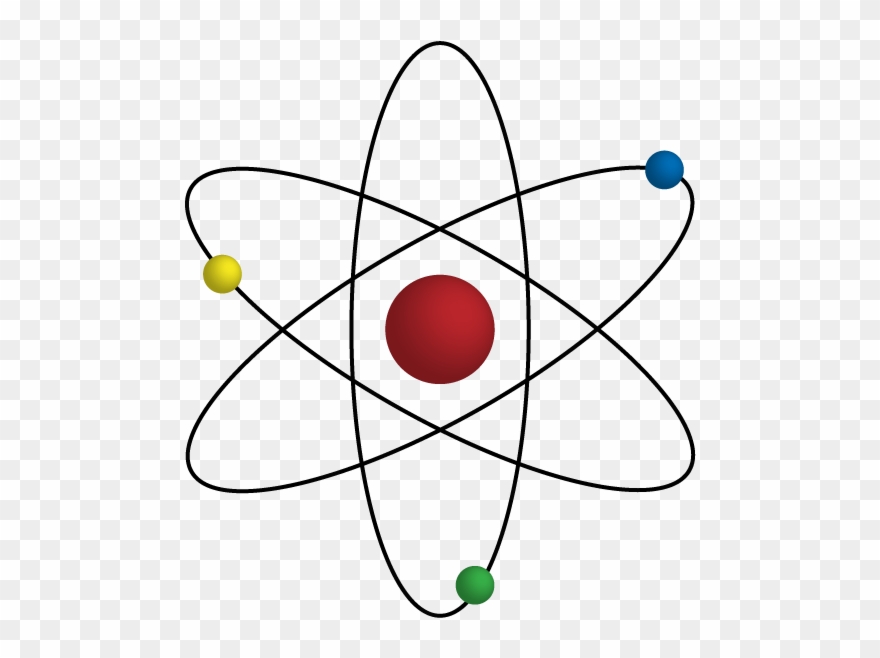

The measurements of the hyperfine anomaly furnish useful information on the nuclear structure. The Bohr model was quantitatively successful for the hydrogen atom, as we shall now show. (The Hindenberg, a hydrogen-filled dirigible, crashed and burned in a famous disaster in 1937.)īohr sought to avoid an atomic catastrophe by proposing that certain orbits of the electron around the nucleus could be exempted from classical electrodynamics and remain stable.

It has been called the Hindenberg disaster on an atomic scale. This is one of the worst quantitative predictions in the history of physics. In fact, a hydrogen atom should exist for no longer than 5 × 10 − 11 sec, time enough for the electron's death spiral into the nucleus.

This model is however completely untenable from the standpoint of classical electromagnetic theory, for an accelerating electron (circular motion represents an acceleration) should radiate away its energy. The nuclear model proposed by Rutherford in 1911 pictures the atom as a heavy, positively-charged nucleus, around which much lighter, negatively-charged electrons circulate, much like planets in the Solar system. Blinder, in Introduction to Quantum Mechanics (Second Edition), 2021 8.2 The Bohr atom These include: (1) the consideration of residual two-body interactions, which leads to a description of the properties of low-lying excited states of nuclei near closed shells, (2) the spheroidal shell model, which extends the model to describe nuclear quadrupole moments, and (3) the use of momentum-dependent single-particle potentials, which permits the model to provide a true representation of total nuclear energy. The principal refinements of the shell model are presented in the chapter. This form is applicable to certain ground-state properties of most nuclei, and provides the basis of the shell characteristics of nuclei. The chapter describes nuclear shell model in its simplest form of independent particle motion. They help in understanding the theoretical basis for nuclear structure. The nuclear models throw light on the qualitative behavior of a nucleus under various experimental conditions. This chapter discusses the main features of different nuclear models and to considers how far each model can be regarded as representing a particular aspect of an integrated picture of the nucleus. Eden, in Progress in Nuclear Physics, 2013 Publisher Summary


 0 kommentar(er)
0 kommentar(er)
